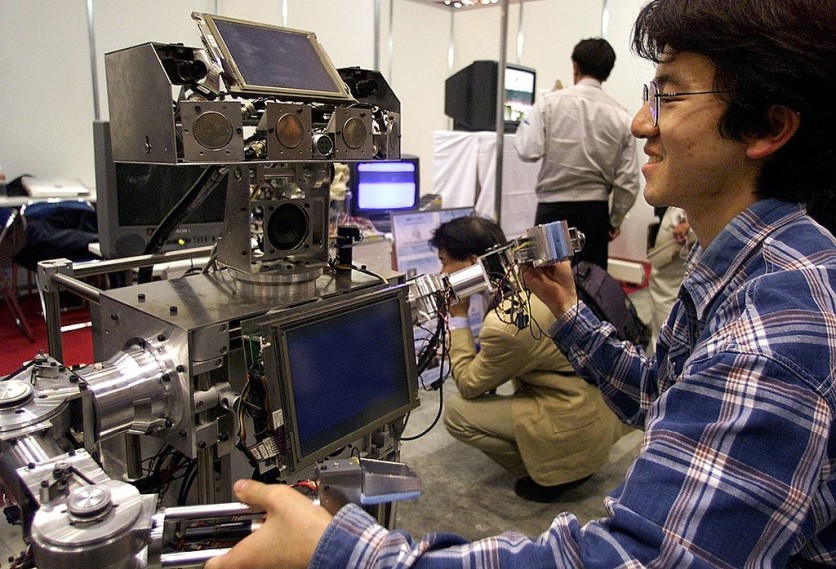A multinational team of physicists used artificial intelligence (AI) to condense a tremendously complicated quantum problem, which originally required solving over 100,000 equations into only four, according to a report by Phys.org.
The outcome was accurate despite the compression, which could revolutionize research methods in quantum physics.

Simplifying the Hubbard Model
The Hubbard model, which aims to explain the transition between conducting and insulating systems, was the main focus of the study conducted by Domenico Di Sante, an assistant professor at the University of Bologna in Italy.
The Hubbard Model was first proposed in 1963, and it attempts to explain the behavior of electrons when placed in a lattice that resembles a grid.
Even if two electrons are placed far apart, the model predicts that they will interact and their fates will become entwined in quantum mechanics when they share a spot on the lattice.
Physics researchers can better understand the various phases of matter by looking at electron activity. However, due to their quantum mechanical entanglements, all of the electrons must be taken into account while doing calculations.
As a result, calculations present a challenging mathematical challenge that gets exponentially more difficult the more electrons are taken into account.
To speed up the process and help keep track of all electron interactions, physicists have developed renormalization groups as a mathematical tool. But eventually, a renormalization group can include tens of thousands to millions of equations that need to be solved.
Hence, Di Sante and his team looked into the capabilities of AI to simplify the problem.
AI Solves the Problem
According to Phys.org's report, scientists used neural networks, where the software first formed connections between the renormalization group and then modified the strength of those connections to identify a small set of equations that generated the same result as the original group.
To comprehend the Hubbard model's intricacy, the program needed a lot of processing power. Even though it took weeks to complete, the Hubbard model was condensed into just four equations in the end.
Since the software has been taught to search for certain patterns, it can now be modified to look at other similar problems without the need to solve them from scratch.
In addition, Di Sante and his team are also examining how machine learning operated in this situation can offer insights into how it functions and what physicists have overlooked.
Related Article : AI Might Cause Nuclear War-Like Catastrophic Events? 36% of Artificial Intelligence Scientists Expect It
This article is owned by Tech Times
Written by Joaquin Victor Tacla
ⓒ 2025 TECHTIMES.com All rights reserved. Do not reproduce without permission.




